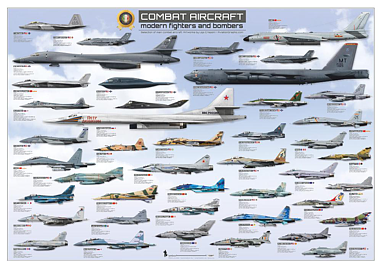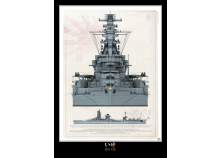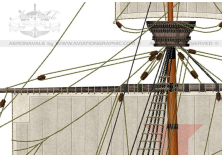NAVAL ART PRINTS

Subcategories
-
IJN ISE いせ 大日本帝国海軍 CE-09BP€16.00
大日本帝国海軍
いせ / 伊勢
Built for the Imperial Japanese Navy during the 1910s, Ise was reconstructed in 1934–1937, with improvements to her armour and her propulsion machinery. In mid-1942, she was rebuilt with a flight deck replacing the rear pair of gun turrets to give her the ability to operate an air group of floatplanes. -
IJN ISE いせ 大日本帝国海軍 CE-07BP€49.00
大日本帝国海軍
いせ / 伊勢
Built for the Imperial Japanese Navy during the 1910s, Ise was reconstructed in 1934–1937, with improvements to her armour and her propulsion machinery. In mid-1942, she was rebuilt with a flight deck replacing the rear pair of gun turrets to give her the ability to operate an air group of floatplanes. -
IJN ISE いせ 大日本帝国海軍 CE-08BP€49.00
大日本帝国海軍
いせ / 伊勢
Built for the Imperial Japanese Navy during the 1910s, Ise was reconstructed in 1934–1937, with improvements to her armour and her propulsion machinery. In mid-1942, she was rebuilt with a flight deck replacing the rear pair of gun turrets to give her the ability to operate an air group of floatplanes. -
-
The Santa Maria MFU-36€16.00
"The SANTA MARIA"
"La Santa María de la Inmaculada Concepción" or "La Santa María", was the largest of the three ships used by Christopher Columbus in his first voyage. She ws launched in 1460. -
The Niña MFU-37€16.00
"The Niña"
The Niña, like the Pinta and Santa María, was a smaller trade ship built to sail the Mediterranean sea, not the open ocean. The Nina was "about 60 toneladas" (60 tons), which may indicate a medium-sized caravel of around 50 feet (15 m) in length on deck. -
The Pinta MFU-38€16.00
"The PINTA"
La "Pinta" was a caravel-type vessel and the fastest of the three ships used by Christopher Columbus in his first transatlantic voyage in 1492.




















